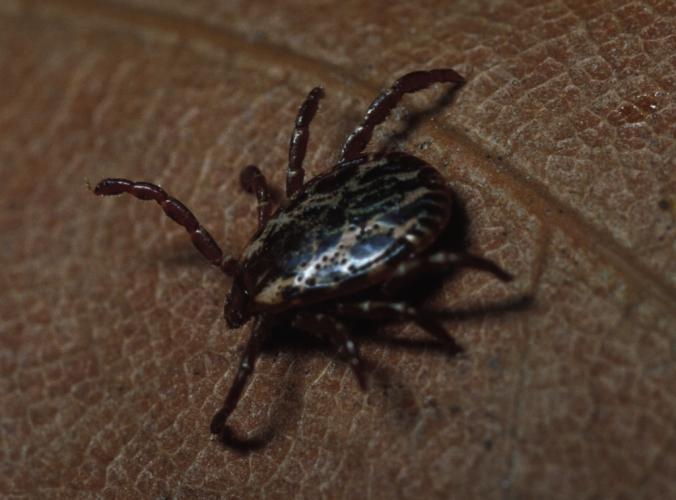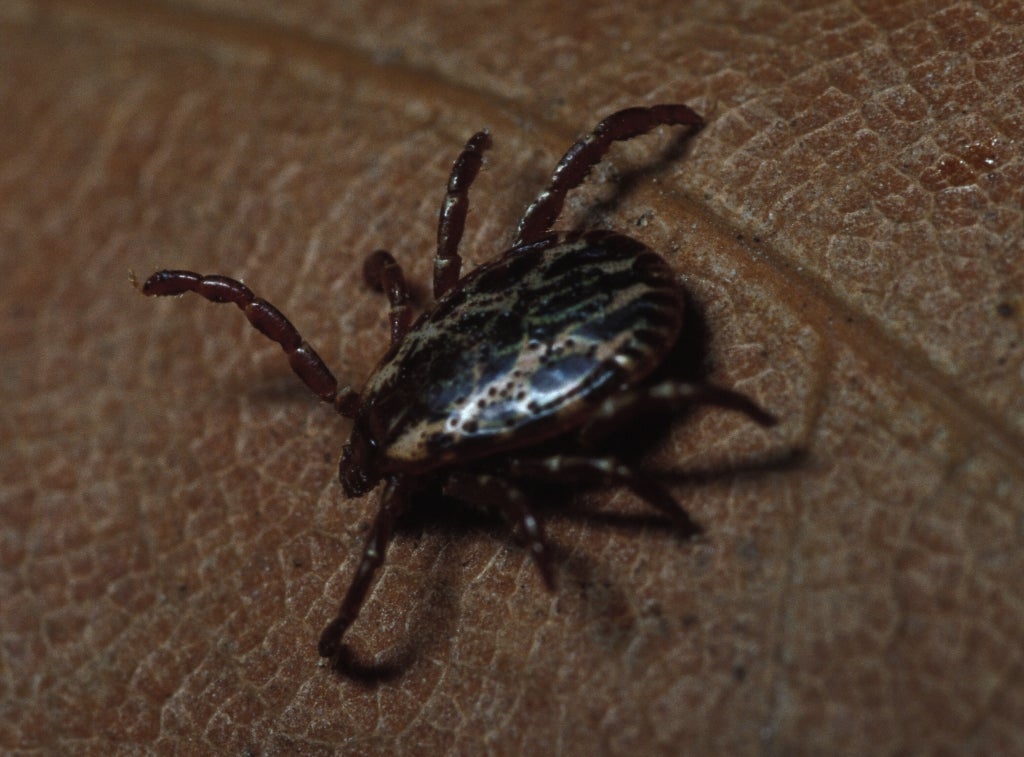
Xplor reconnects kids to nature and helps them find adventure in their own backyard. Free to residents of Missouri.


































Stay in Touch with MDC news, newsletters, events, and manage your subscription

Xplor reconnects kids to nature and helps them find adventure in their own backyard. Free to residents of Missouri.

A monthly publication about conservation in Missouri. Started in 1938, the printed magazine is free to residents of Missouri.


JEFFERSON CITY– While preparing for fun in the sun this summer, take time to brush up on tick-bite prevention. A few simple actions to discourage ticks from attaching to you will help you avoid contracting a potentially devastating tick-borne disease.
Ticks in Missouri can carry several diseases, including ehrlichiosis, tularemia, anaplasmosis, southern tick-associated rash illness, Rocky Mountain spotted fever, and Lyme or Lyme-like disease. Left untreated, these diseases can be fatal. Even with timely medical treatment, they can cause long-term problems that include persistent pain, fatigue, impaired mental function, and unexplained numbness.
Protective clothing is the first line of defense against ticks. When outdoors, wear long-sleeved shirts, long pants, and boots with pants tucked into socks or boots. Rubber bands, blousing bands or tape can be used to secure the cuffs of your pants.
Once indoors, conduct a thorough tick check and shower as soon as possible to remove any unattached ticks. Tumble clothes in a dryer on high heat for an hour to kill remaining ticks before washing your clothing.
Insect repellents also reduce tick exposure. Products containing DEET are most effective. Apply DEET-based repellent on exposed skin and clothing. Use a product with at least a 20 percent concentration. Lower concentrations do not work. Essential oils and natural products are not registered by the EPA for tick repellency. Be sure to follow label instructions to ensure safety and best results.
Products containing permethrin can be applied to clothing and equipment and allowed to dry thoroughly. These products kill ticks rather than merely repelling them. They should never be applied directly to skin. Again, be sure to follow label directions.
Most tick-transmitted diseases are not transferred to the host until the tick has been feeding for some time and is full. The earlier the tick is located and removed, the lower the chance of being infected with a tick-borne disease. When you are active outdoors, never allow more than a few hours to pass without a thorough tick inspection.
Remove any attached ticks immediately. Proper removal is important, since attached ticks can transmit infection in a matter of hours.
Follow these four steps to remove a tick that is already attached.
• Use fine-tipped tweezers to grasp the tick as close to the skin's surface as possible. If you use your fingers, cover them with tissue or rubber gloves. Use only as much pressure as necessary.
• Remove the tick with a firm outward movement. Never jerk or twist the tick when removing it.
• After removing the tick, thoroughly clean the bite area and your hands with rubbing alcohol, an iodine scrub, or soap and water.
Watch for symptoms of tick-borne disease in the days and weeks following a tick bite. These include any unusual rash and unexplained flu-like symptoms, including fever, severe headaches, body aches, and dizziness.
Symptoms of tick-borne diseases often are mild, but they should not be ignored. If you know you’ve been bitten by a tick and any of the above symptoms appear, consult a doctor and mention the recent tick bite. Prompt treatment with antibiotics can prevent serious illness or even death.
For more information about tick-borne diseases, visit go.usa.gov/jjMY and cdc.gov/ticks/diseases/.
-Jim Low-